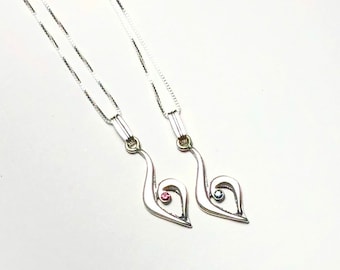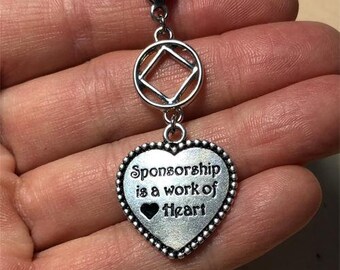

The food I remember the most vividly is not even messed with. I remember eating my mom’s homemade food, especially her stuffed green peppers, taco soup, spaghetti, cookies, and pumpkin bread. At least for me, that is, because I know that all my favorite meals are not newly discovered treasures–they’re treasures from the past that are seemingly ordinary and melancholy to other eaters. Food is so embedded in our memories that I think to find the source of the “perfect meal,” one has to go back to their home terrain. A good example is France for Bourdain–he senses all his nostalgic memories there and I believe he got a pretty good connection there. Maybe it could be in a place that you wouldn’t need to travel thousands of miles to. Food is quite subjective, and I don’t think it can be forced. If that thing is indeed food, well, that’s going to be pretty hard in my opinion. He seems like he’s searching for something but he just can’t seem to find it. Reading Anthony Bourdain is funny but saddening at the same time. If each restaurant had white walls and cash registers, with no themed uniforms or “different” way of ordering other than buying it upfront, the world would be a very boring place. It has a much different theme, therefore, than Which Wich. TC is styled in the form of a vibrant taco shop, with tiles on the floors, curved arches, Corona Beer umbrellas, and tiled tables. Compare this to a place like Taco Cabana. I don’t really know what it meant, but it was quite “modern” compared to a restaurant with, say, brick walls. Its layout was cement/metal/wood, with yellow walls. They have a little zipline for the orders to run down. The store has a very post-modern layout, almost assembly line in nature, where you write down your order, check whatever you want on it, and send it to be produced. For example, Which Wich had a unique spin on the sandwich shop. All restaurants span a wide spectrum in their design, layout, architecture, and music. If you're ready to change for the better your habits, your frame of mind, your relationships, your community, and your life, What Addicts Know by Christopher Kennedy Lawford is the resource that will educate and inspire you along the way.As we toured various restaurants this past Friday, I thought it was quite interesting how they appeal to the consumer’s senses. In What Addicts Know, Lawford recounts the inspiring stories and wisdom of recovering addicts, combining them with cutting-edge scientific findings to give hands-on, practical techniques for recognizing unhealthy impulses and managing them. No one until now has related the lessons and life skills that can be drawn from the collective experience of people in recovery from addiction, particularly the ways those lessons or principles can be used by those in the broader non-recovery community. These techniques are not just for addicts they are for all of us. What Addicts Know offers the coping and wellness skills necessary to overcome life's obstacles and self-improvement tips for everything from conquering an unhealthy consumption of junk food, to overcoming toxic relationships. In a "more is better" society, it's indisputable that we've all experienced cravings and denied the truth about our destructive behaviors-traits shared by addicts who've successfully overcome them. The reality is that the challenges of the addict are faced-to a greater or lesser extent-by all of us.

New York Times bestselling author Christopher Kennedy Lawford revisits addiction in his latest book, What Addicts Know, this time framing the discussion in an entirely new way-the lessons addiction and recovery offer to those of us who haven't battled addiction.įor too long, society has considered addicts as an unfortunate group that faces incredible and unique challenges.


 0 kommentar(er)
0 kommentar(er)
